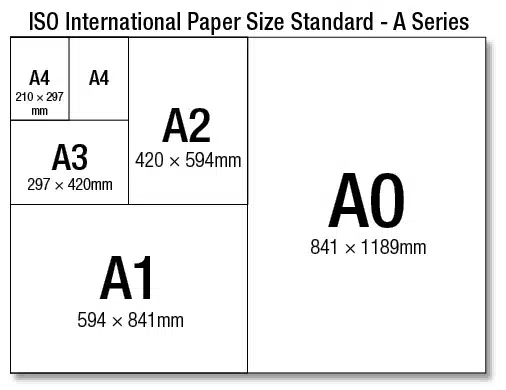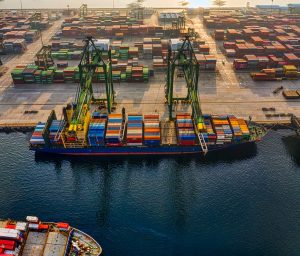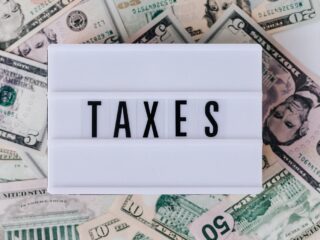Last Updated on November 30, 2024 by Carlos Alonso
When it comes to paper sizes, the most commonly used sizes in the US are letter size (8.5 x 11 inches) and legal size (8.5 x 14 inches). However, in many other parts of the world, including Europe, Asia, and South America, metric paper sizes are more commonly used. In this guide, we’ll take a closer look at the metric paper and its various sizes, as well as its benefits and uses.
What is Metric Paper?
Metric paper, also known as ISO paper or A-series paper, is a system of paper sizes that are based on the ISO 216 standard. This system was first introduced in the 1970s and has since become the most widely used system of paper sizes around the world. The A-series paper sizes range from A0 (the largest size) to A10 (the smallest size).
The Benefits of Metric Paper
One of the main benefits of using metric paper is its consistency and ease of use. Because the sizes are based on a standard system, it’s easy to predict how a document will look when it’s printed or copied onto a different size of paper. This makes it ideal for businesses that need to produce a lot of documents in different sizes.
Another benefit of this type of paper is that it’s more efficient to use. Because the sizes are based on a ratio of 1:√2, each size is half the size of the previous size. This means that if you cut an A4 sheet of paper in half, you get two A5 sheets of paper. This makes it easy to scale documents up or down without wasting paper.
Metric Paper Sizes
The A-series paper sizes range from A0 (the largest size) to A10 (the smallest size). Here is a breakdown of the sizes and their dimensions:
- A0: 841 x 1189 mm
- A1: 594 x 841 mm
- A2: 420 x 594 mm
- A3: 297 x 420 mm
- A4: 210 x 297 mm
- A5: 148 x 210 mm
- A6: 105 x 148 mm
- A7: 74 x 105 mm
- A8: 52 x 74 mm
- A9: 37 x 52 mm
- A10: 26 x 37 mm
Uses for Metric Paper
Metric paper is used for a variety of purposes, including printing documents, business cards, postcards, flyers, and brochures. It’s also commonly used for technical drawings and diagrams, as well as for printing maps and plans. Because of its efficiency and ease of use, this type of paper is an ideal choice for businesses that need to produce a lot of documents in different sizes.
In addition, this type of paper is often used in education, particularly in countries that use the metric system. It’s also commonly used in commercial printing for printing books and magazines, as well as for art and graphic design projects.
Choosing the Right Metric Paper
When it comes to choosing the right metric paper for your project, there are a few factors to consider. These include the paper weight, finish, and color:
- Paper Weight
Paper weight refers to the thickness of the paper, and is typically measured in grams per square meter (gsm). The higher the gsm, the thicker and more durable the paper will be. When choosing the right paper weight for your project, consider factors like how the paper will be used and how long it needs to last.
- Finish
The finish of the paper can also impact the final result of your printed materials. There are a variety of finishes to choose from, including matte, gloss, and satin. Matte paper has a dull, non-reflective finish, while gloss paper has a shiny, reflective finish. Satin paper has a slight shine, but is not as reflective as gloss. Consider the look and feel you want for your project when choosing a paper finish.
- Color
Finally, consider the color of the paper. While most metric paper is white or off-white, there are also colored papers available. Consider the tone and mood of your project when choosing a paper color.
Conclusion
Metric paper is a widely used system of paper sizes that is based on the ISO 216 standard. It offers many benefits, including consistency, efficiency, and ease of use. Th type of paper is used for a variety of purposes, including printing documents, technical drawings, and art and graphic design projects. When choosing the right metric paper for your project, consider factors like paper weight, finish, and color. By understanding the different types of metric paper and their uses, you can choose the right paper for your next project and ensure a professional and polished final result.
















